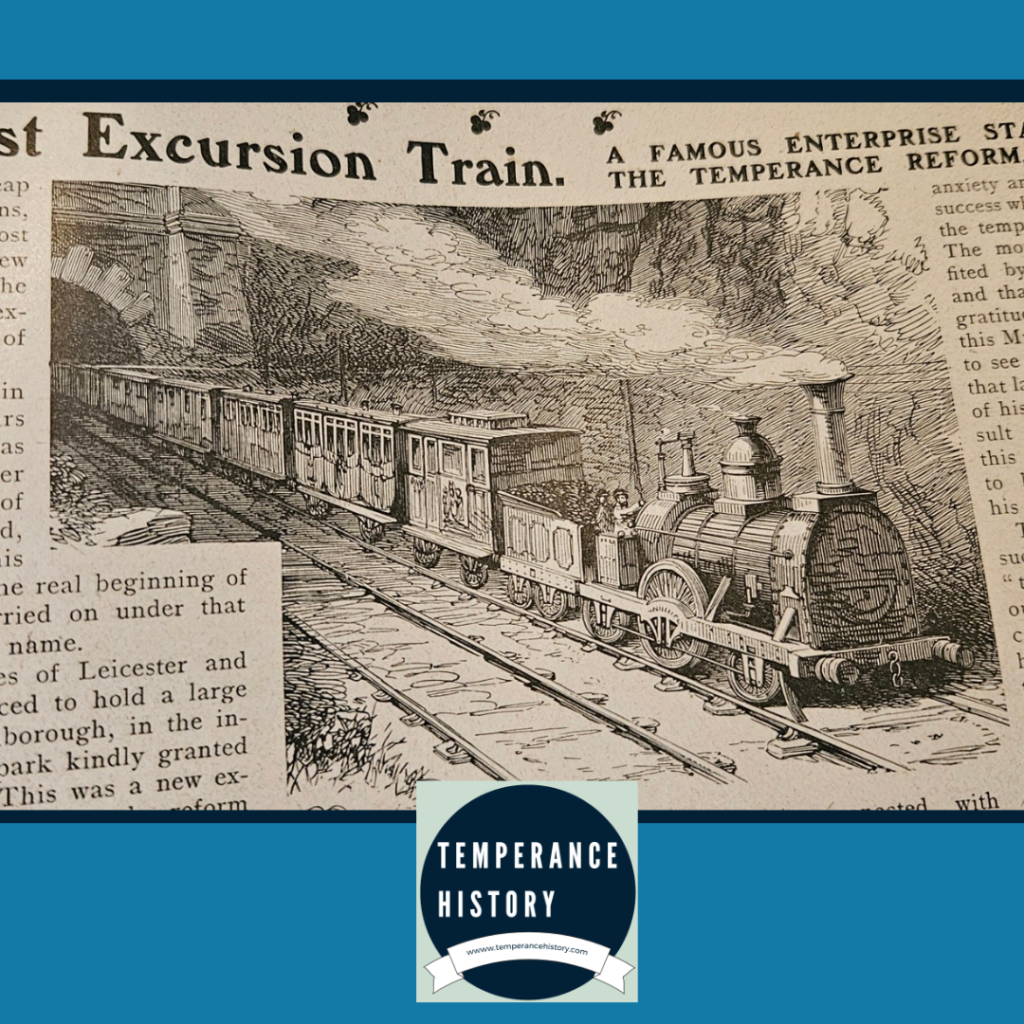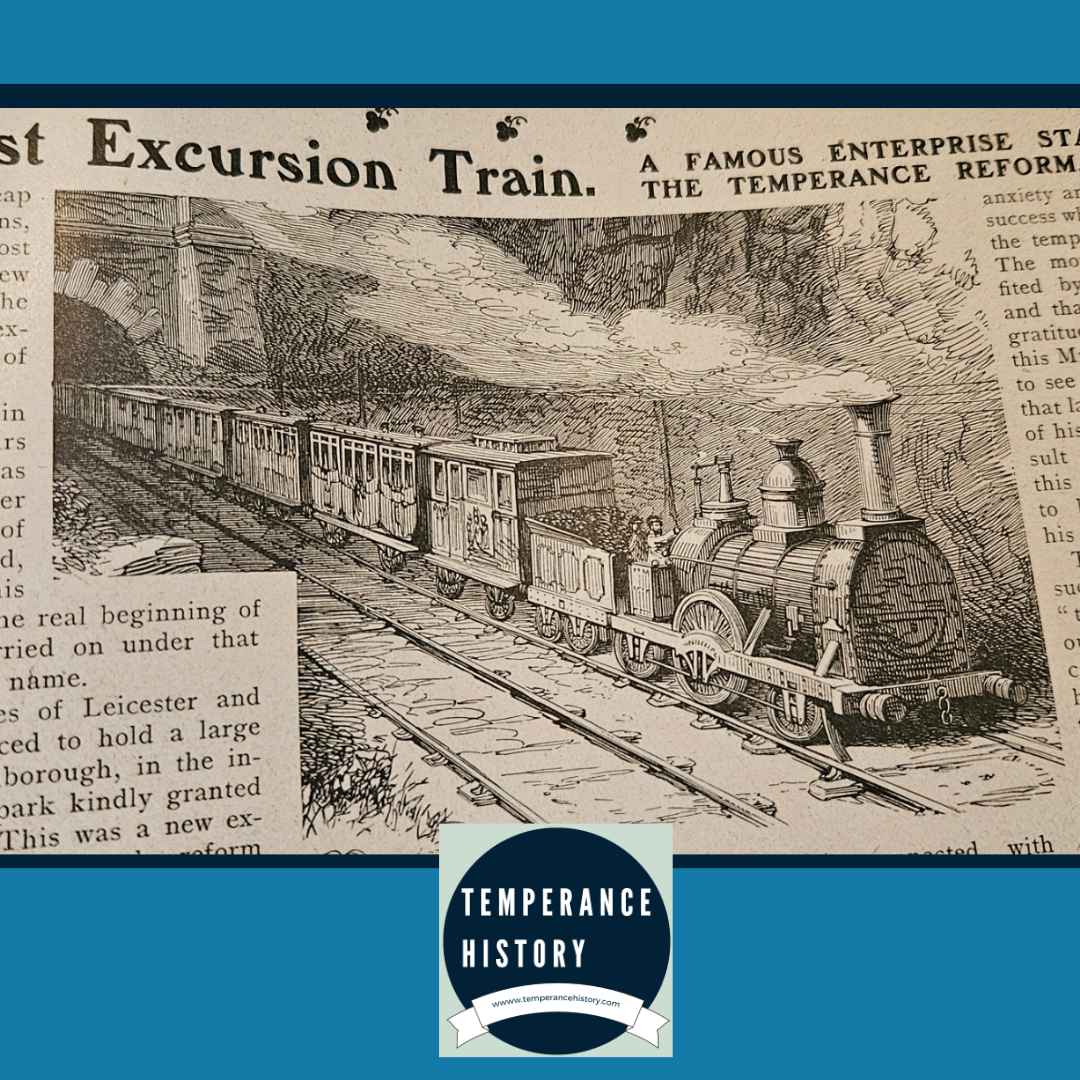Temperance Refreshments on British Railways

During the nineteenth and early twentieth centuries, temperance refreshments became a notable feature on British railways, promoting the consumption of non-alcoholic beverages and food items.
The temperance movement, which gained momentum in the early 1800s, aimed to curb the consumption of alcohol due to its negative effects on health and social order. The temperance movement found support among various religious and social reform groups who advocated for sobriety. Railways, being a rapidly growing mode of transportation, became a crucial platform for promoting temperance ideals.
Implementation on Railways
Temperance refreshments were introduced in railway stations and on trains as a means to provide passengers with healthier, non-alcoholic alternatives. These refreshments typically included tea, coffee, lemonade, and various light snacks. The Great Western Railway (GWR) and the London and North Western Railway (LNWR) were among the early adopters of temperance refreshment rooms.
The establishment of these refreshment rooms was often spearheaded by temperance societies and religious organizations. They aimed to create a sober and respectable environment for travelers, contrasting the often rowdy and alcohol-fueled atmosphere of traditional public houses. The rooms served tea, coffee and cocoa, and were often on the platforms or within stand-alone coffee taverns.
Social Impact
The presence of temperance refreshment rooms on railways had a notable social impact. It provided travelers with a safe and family-friendly alternative to taverns and public houses. These rooms also became social hubs where like-minded individuals could gather and discuss social reform and other civic issues.
Moreover, the temperance refreshment rooms and coffee taverns contributed to the broader acceptance of the temperance movement’s ideals. By normalizing the consumption of non-alcoholic beverages in public spaces, the movement reinforced its message of sobriety and moral integrity.
In the early twentieth century, coinciding with the fading influence of the temperance movement itself, temperance refreshment rooms gradually closed at railway stations. The changing of social attitudes towards alcohol and the emergence of modern dining options on railways led to a reduced demand for such facilities.
Conclusion
The introduction and promotion of temperance refreshments on British railways during the nineteenth and early twentieth centuries reflect a unique intersection of social reform and public transportation. This initiative not only provided travelers with healthier alternatives but also reinforced the temperance movement’s broader goals of promoting sobriety and moral integrity.
Further Reading
For those interested in exploring this topic further, the following references provide valuable insights:
- Harrison, Brian. Drink and the Victorians: The Temperance Question in England 1815-1872. Faber & Faber, 1971.
- Greenaway, John. Drink and British Politics Since 1830: A Study in Policy-Making. Palgrave Macmillan, 2003.
- Tyrell, Alex. The Charity and Temperance Movement in the United Kingdom. Routledge, 2017.
Additionally, historical archives such as the National Railway Museum and the British Library hold extensive collections of documents and photographs related to temperance refreshment rooms and the broader temperance movement.
Cite this page:
Cite: Temperance History (2024). Temperance Refreshments: Railways, blog. J Kenyon. https://temperancehistory.com/2024/08/temperance-refreshments-railways : accessed [insert today’s date]
